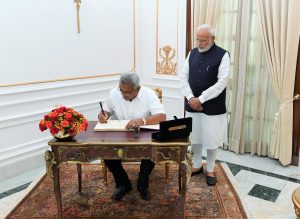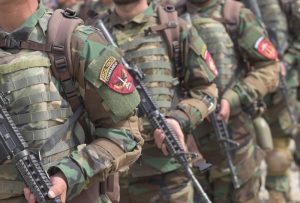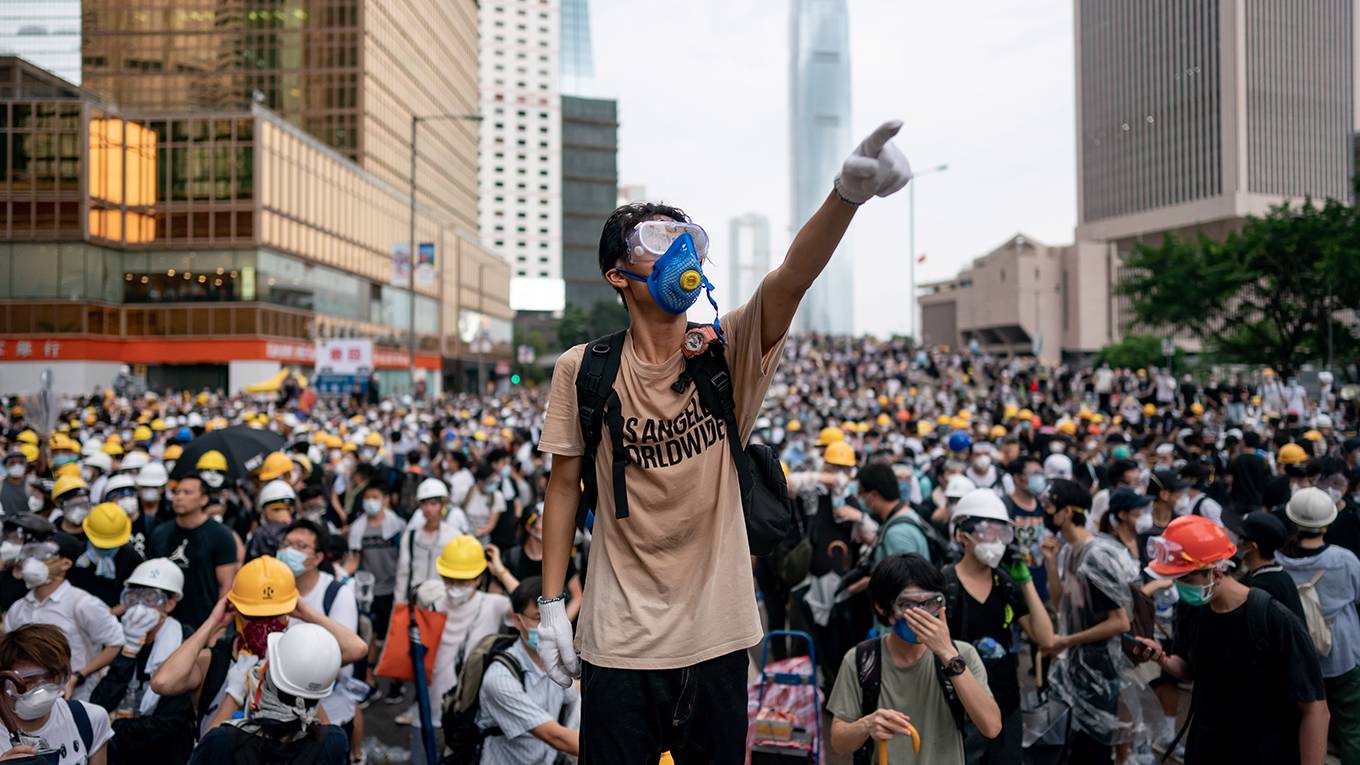By Rajeswari Pillai Rajagopalan
How China and India will manage their bilateral relations, even as their competition intensifies, remains a major question, with implications for their ties as well as the wider region. At the Raisina Dialogue earlier this month, India’s external affairs minister, Dr. S Jaishankar, said that finding accommodation with China “is a must; it is not a choice… We have to get along with each other.” Jaishankar recognized, as he put it, that “it is work-in-progress and it will continue to be work-in-progress because both powers are very dynamic.”
Nowhere is this arguably more difficult than in the South Asian region, which has been so far dominated by India. China has tried hard to woo various neighbors of India including Sri Lanka, Mauritius, and Myanmar. These all are countries which have had closer ties with India but because of the proximity, have also felt dominated by New Delhi. Nevertheless, India has also tried hard to make sure that these countries did not fully fall under China’s sway.
Sri Lanka is a prime area of competition. And we have seen this playing out over the past few weeks, particularly as senior officials from both countries made their way to Sri Lanka to woo the newly-elected government of Gotabaya Rajapaksa.












 From Albert Einstein letter, Emergency Committee of Atomic Scientists, December 1946
From Albert Einstein letter, Emergency Committee of Atomic Scientists, December 1946





/arc-anglerfish-arc2-prod-mco.s3.amazonaws.com/public/L6SURNCQV5FBDM3EJRPWVSETNU.jpg)

